Nestled in the heart of Hot Springs, Arkansas, Origami Sake is more than just a brewery; it’s a destination where ancient tradition meets modern innovation. This unique brewery blends the artistry of Japanese sake brewing with the spirit of the American South, creating a truly one-of-a-kind experience. Here’s everything you need to know about Origami and why it needs to be on your must-see list when you visit the area.
An Unlikely Pairing: Arkansas and Sake
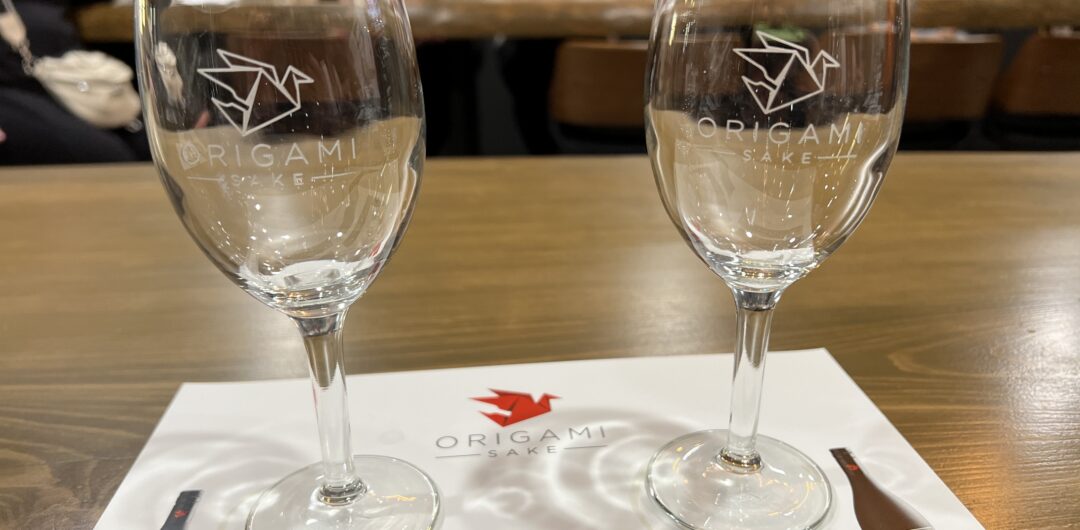
In the heart of the American South, in the picturesque city of Hot Springs, Arkansas, a unique brewing tradition has taken root: sake production. Origami Sake, a pioneering U.S. brewery, has made waves in the world of sake, bringing an American twist to this ancient Japanese beverage while still keeping with Japanese traditions.
Having had the chance to tour both the tasting room and its sake-making facility, I found the process and back story so fun and inviting I had to share it with you.
The Birth of a Brewery
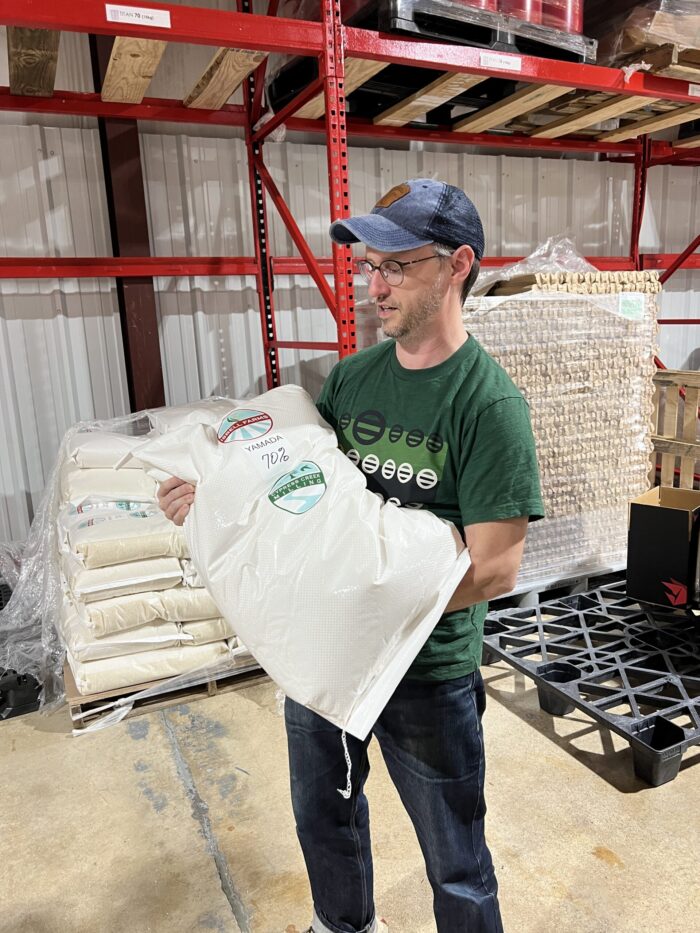
The idea for Origami Sake was born from a passion for Japanese culture and a desire to create something extraordinary. The brewery’s founder, Ben Bell, recognized the potential of Arkansas’s unique natural resources, particularly its water, to produce high-quality sake. After spending 15 years perfecting the art and recipe of Sake, with two years in Hanamaki as a brewer, he returned home to the “Rice State” and has been making it ever since.
The name “Origami” reflects the intricate and delicate process of sake making, as well as the art of Japanese paper folding.
The Sake-Making Process
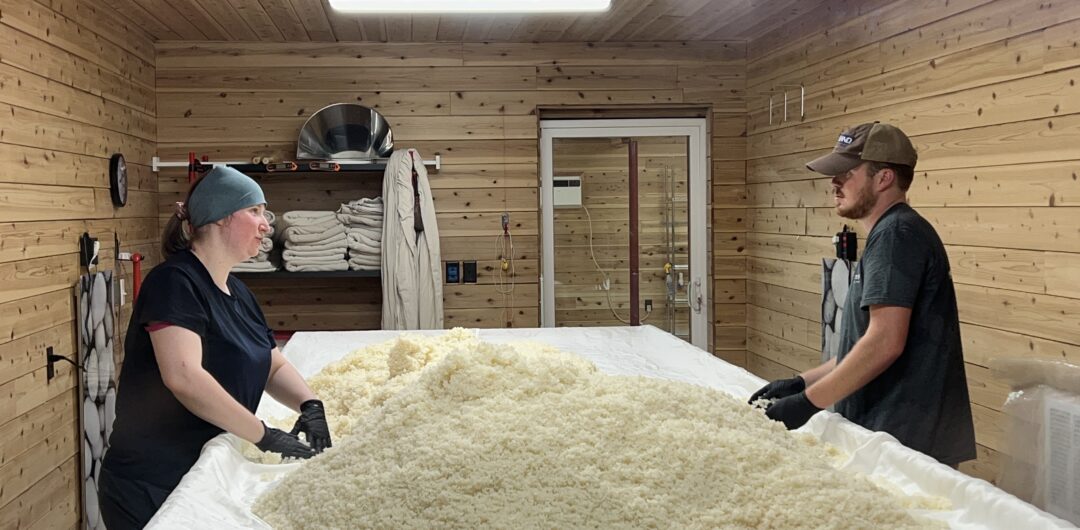
Sake, often referred to as “rice wine,” is produced through a complex fermentation process that involves several key steps:
- Rice Polishing: The outer layers of the rice grains are polished to remove impurities and concentrate the starch content.
- Steaming: The polished rice is steamed to soften the grains and prepare them for inoculation.
- Koji Mold Inoculation: Koji mold, a type of fungus, is added to the steamed rice to convert the starch into sugars.
- Mashing: The koji rice is mixed with water and yeast to initiate fermentation.
- Fermentation: The mixture is fermented in large tanks, producing alcohol and other compounds that contribute to the sake’s flavor profile.
- Pressing: The fermented liquid, known as moromi, is pressed to separate the sake from the solid matter.
- Aging and Bottling: The sake is then aged and filtered before being bottled and distributed.
American Rice, Japanese Tradition
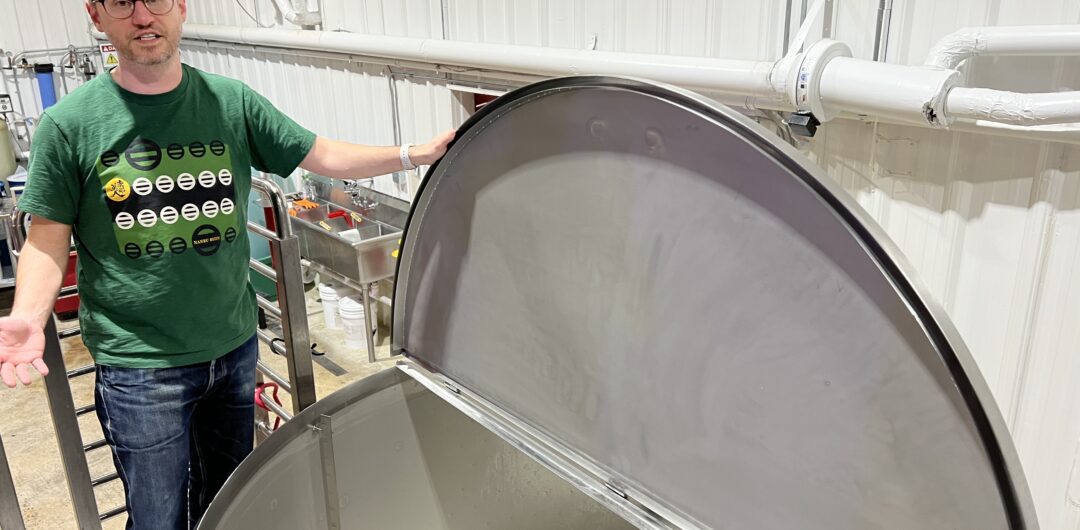
While sake is traditionally made with rice from Japan, Origami Sake has embraced locally-grown rice varieties from, believe it or not, Isbell Farms in the state. These Japanese rice varieties provide a unique flavor profile and a heavier amount of starch needed to make a true sake.
The connection between Arkansas and Japan runs deeper than just rice. Hot Springs has a long history of thermal waters, which have been used for centuries for their therapeutic properties. These waters are similar to those found in Japan, making Arkansas an ideal location for sake production.
A Taste of Innovation
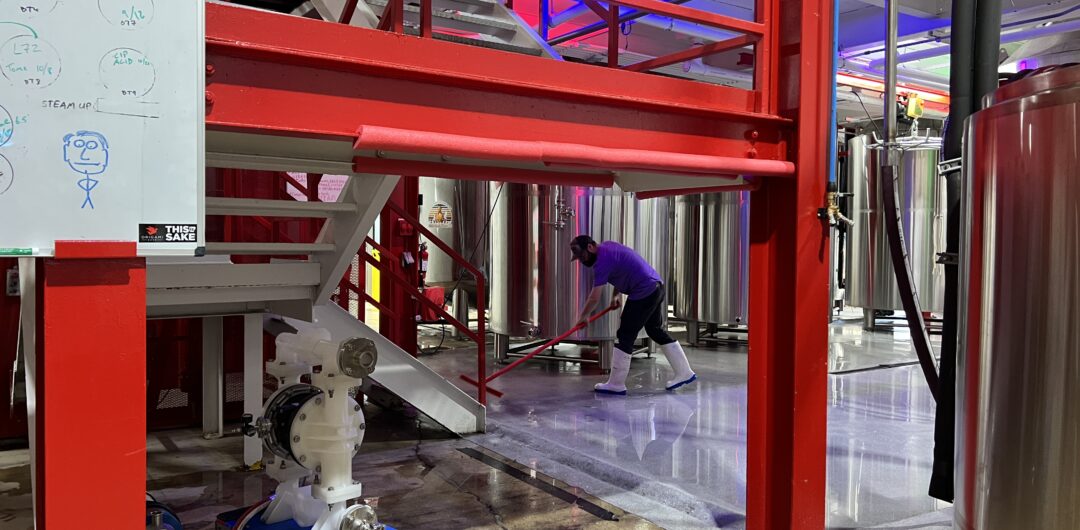
Origami Sake offers a range of sakes, from traditional “A Thousand Cranes” (have you read the story featuring Sadako Sasaki and her reason for that many cranes?) to a cloudy style called “White Lotus.” Having the pleasure of taste testing on a recent visit, my personal preference is the latter as it’s smooth and lightly sweet with a hint of apple.
The brewery’s commitment to quality and innovation has earned it recognition both domestically and internationally. By combining traditional sake-making techniques with American ingenuity, Origami Sake is redefining what it means to be an American sake producer.
